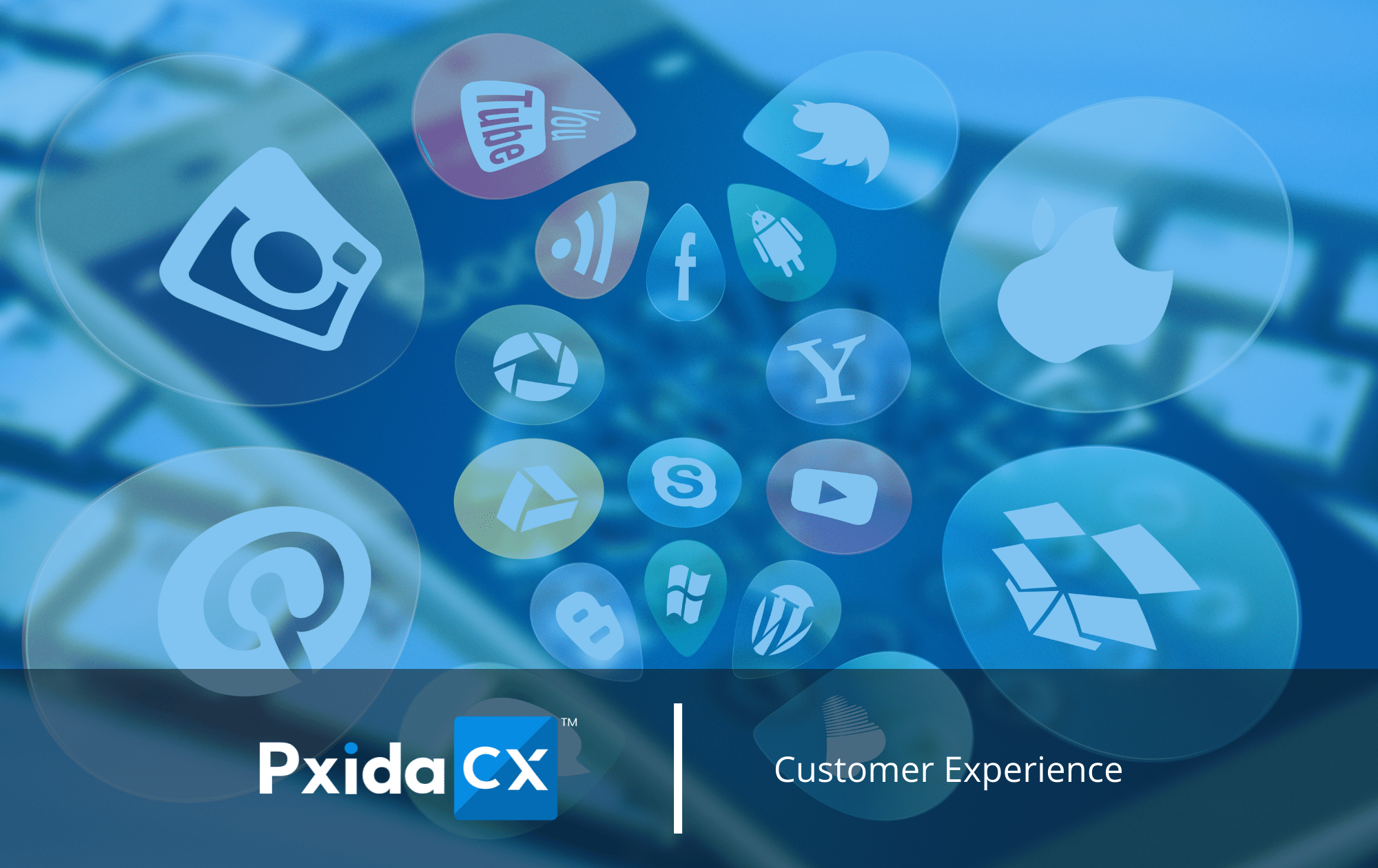Social Listening versus Social Monitoring
When people think of social listening, their mind automatically goes to managing their brand image on social media. Oftentimes, people tend to confuse social listening with social monitoring. However, there is a slight difference. According to Indeed, “social listening is paying attention to what others say about your business, product or competitors online and then analyzing the results to understand why they are making those comments.” Social listening tracks the big picture, encompassing brand mentions and broader views of the business industries. On the other hand, social monitoring dives into the nitty-gritty details of a specific company, including its brands, products, and campaigns. This blog will mainly focus on the topic of social listening, with tips and tricks on how to practice it effectively and efficiently.
Why Does It Matter?
Your customers need to know that you care by appreciating and taking their feedback into account. Their sentiment allows you to analyze the ultimate outcomes for your brand and business. Going one step further, “listening” to customer feedback allows you to think about the following:
- Customer pain points
- Competitor activity
- Potential partners
- Direct responses
These four key pointers listed above are crucial to keep in mind when you’re practicing social listening. According to Forbes, “the ability to tap into the needs of your visitors can have a tremendous impact on your business.” Attracting and retaining loyal customers, both current and new, will not only increase your profits, but it will also allow you to retain a positive brand image on social media.
Don’t Get Thrown Off by Social Media Noise
When you practice active social listening, you need to know what exactly you are paying attention to. Not all comments are valid. Some are just there to attract attention. Make sure that you’re spending your time effectively, and not getting distracted by the huge volumes of superfluous social media information. According to Medium, when you scroll through your accounts on the channels you are active on, you need to think about the following:
- Direct mentions of your brand
- Related hashtags, campaign names, and keywords
- Name of leadership at your organization
- How your competitors are engaging with their audiences
All the above is vital for you to pay attention to when practicing active social listening. Listening is not just about monitoring competition. It’s also about being alert and aware of your customers and how they interact with your brand in different ways via social media. It’s important to also differentiate your data per social media platforms because the same KPIs don’t make sense for all of them.
Nudge Your Audience to Engage with Content
Encouraging your followers to have a voice humanizes your brand. According to Forbes, “the platforms you choose to use will depend on where your audience spends their time and what content you plan to use to promote your brand.” Social media channels, such as Facebook and Twitter, give your customers a space to have a voice and share their opinions about your brand and its products and services. Regularly monitoring for customers in the comments sections of your business’s posts can allow you to respond in a prompt manner. By trusting the data from these interactions, you will discover ways to design better marketing strategies and continue to encourage them to speak out about your brand and its products and services. Building interactive content on social media will help your brand build digital relationships with your current and potential customers.
Respond Promptly to Your Customers
According to LinkedIn, “great social listeners are active listeners,” and active listeners take the right action at the right time. We’re all aware that social media waits for no one. The rule of thumb is to never keep customers waiting, especially when it comes to responding to negative feedback. According to Medium, “if you listen proactively and not wait for users to directly message you or mention you, you can promptly assuage any negative sentiments before it escalates.” The ideal time to respond to comments is within twenty-four hours. This should be done for all situations – good, neutral, and bad. Providing great customer service and quick response times for handling issues will help retain both old and new customers for long periods of time.
Be Aware of Your Competitive Field
Ideally, it is safe to assume that your competitors are one step ahead of you. The rule of thumb is that if competition is one step ahead, then your business should be two steps ahead. That’s an easy statement to make, and harder to implement effectively. Keeping track of your competitors will give you an added advantage of developing smart and efficient strategies to always stay ahead of them. Understanding their strategy and how they operate will allow you to stand out from them at every opportunity and find out how they earn and retain both old and new customers.
Add Another Channel to your Social Listening with PxidaCX
Social listening is a great marketing strategy to truly focus on how your customers feel about your brand and its products and services. But, it’s not easy to consistently keep track of all the comments coming in. Luckily, PxidaCX is the tool for you! PxidaCX streamlines all the feedback coming in from your respondents so that it’s easier for you to keep track of what to pay attention to. Sign up for a free trial today!
